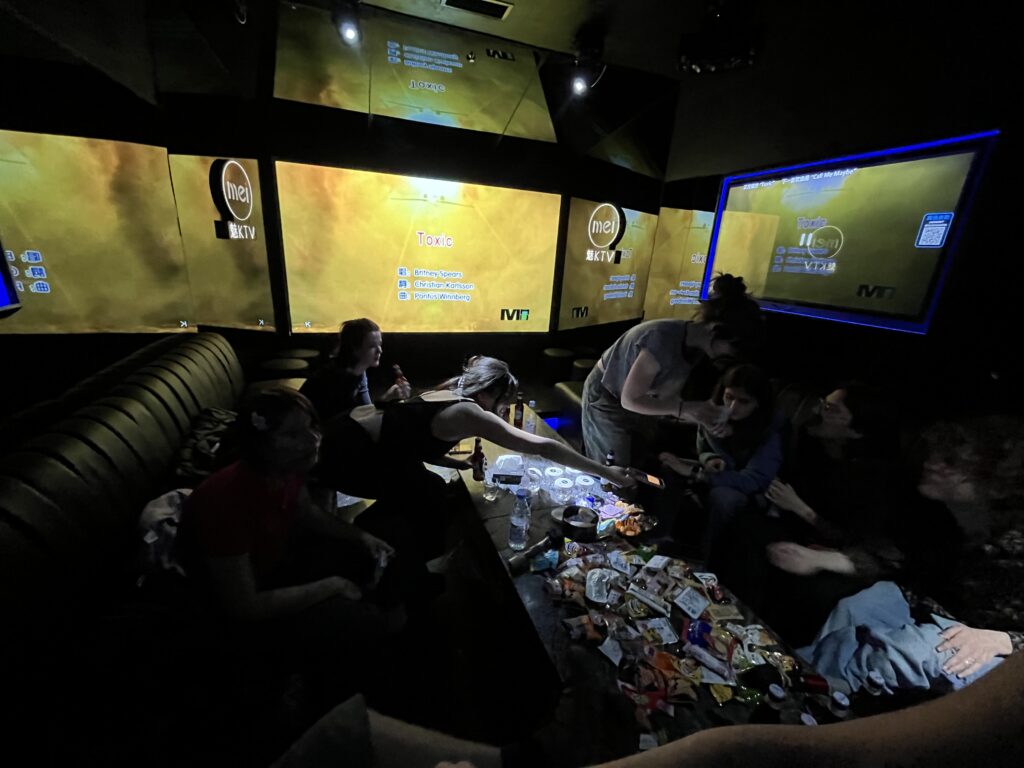Liana Tortora
We started the day by taking the subway to Tian Tan Dong Men – an exhilarating start to the day as we all struggled to fit onto the already packed subways during rush hour. Once we all shoved our way onto the subway, we waited like sardines in a can until we arrived.
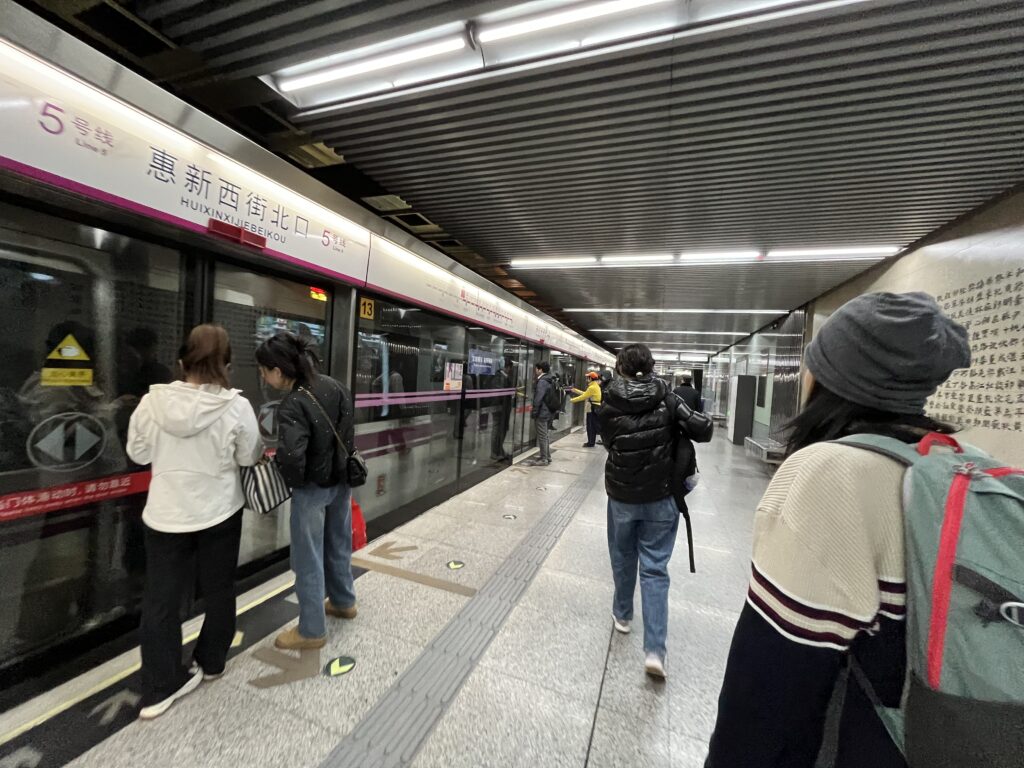

The Temple of Heaven was our first stop of the day. The temple was constructed during the Ming Dynasty and has a significant connection to the mandate of Heaven, as it was a place for the emperors to come to every summer solstice to worship Heaven and pray for a good harvest. Fun fact: the temple of heaven is blue because blue in Chinese culture represents Heaven! We walked around the temple, enjoying its beauty, and could not stop ourselves from admiring and hugging a 600-year-old tree 🙂

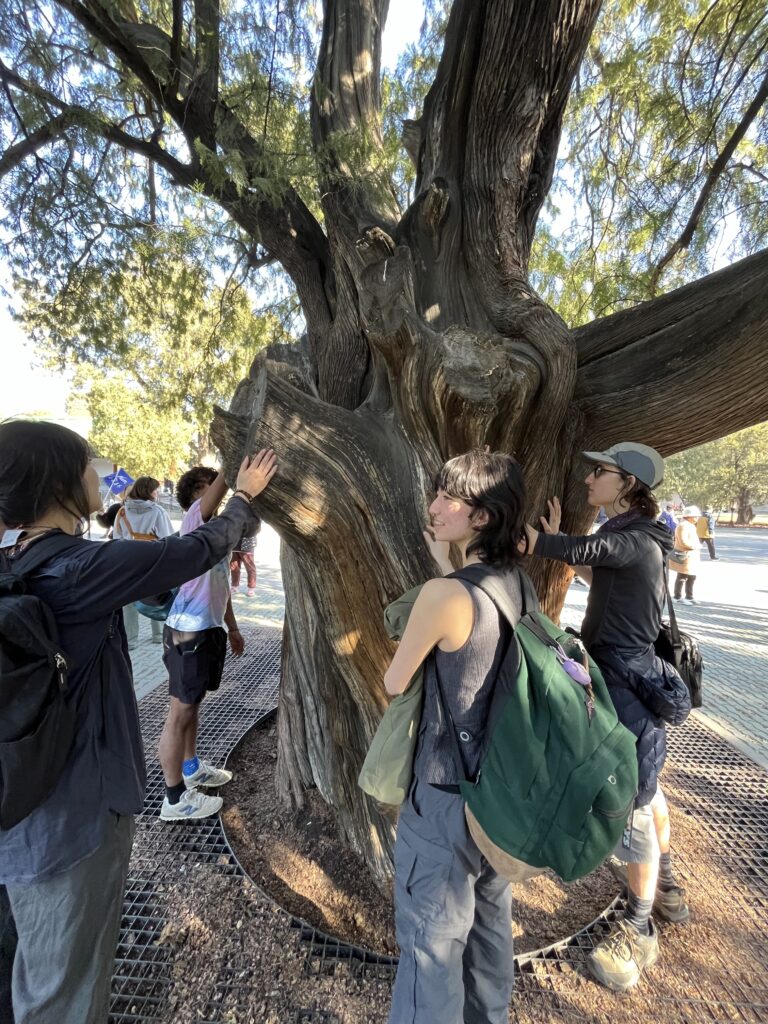
Our next destination was the Forbidden City. On the way, we drove through “Justice Street,” which houses many of Beijing’s legal courts, and Chang’an Avenue or the “avenue of eternal peace.” On the way to the Forbidden City, Professor Zhou shared with us that there is a perpetual battle over the modernization of the Forbidden City, how there is debate over how low the buildings are as well as how poor the residents are, and how over the years there has been a push to relocate this community, but of course, there has been much resistance. Therefore, in the last 20 years, instead of removing the community and current infrastructure and architecture, it was decided that it would instead be preserved but gentrified. Now, some of these buildings house elders and more impoverished residents and are also used for Airbnb or have been taken over by billionaires. We also learned that the Forbidden City, like the Temple of Heaven, is a central axis, and behind the south gate is the Jing Shan mountain, where you get a great view of the layout of Bejing as a city.
The Forbidden City is surrounded by a manmade moat, and the leftover mud produced in its construction was used to create the Jing Shan mountain we later climbed. The moat was made to protect the estate, and is about 52 meters wide and 20 meters deep – interestingly, according to our tour guide Cathy, the moat is 52 meters wide because it was believed then that 52 meters was the best shooting distance. Along the moat were beautiful magnolia trees and weeping willows. We entered through the South gate, which is the main gate, is also known as the Meridian gate, named after the emperor’s belief that his residence is in the middle of the universe. We spent most of our day perusing, enjoying, and learning about the beauty that is the Forbidden City, with its intricate and decorative walls and roofs and the pockets of serene landscapes of trees and rocks of all shapes and sizes. We enjoyed a bagged lunch inside the walls of the city and poked our heads into many of the gift shops that were scattered throughout. We then climbed Jing Shan Mountain, which was known to provide a great view of the city from its top. After many stairs and pictures, we took the bus to the drum tower.
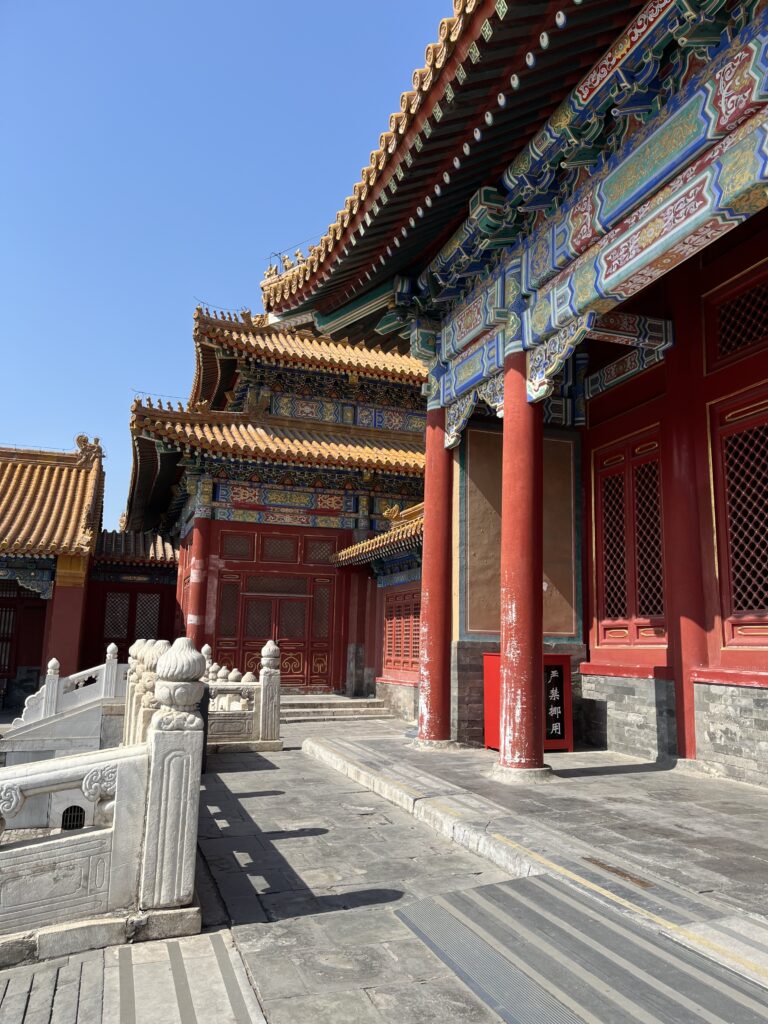
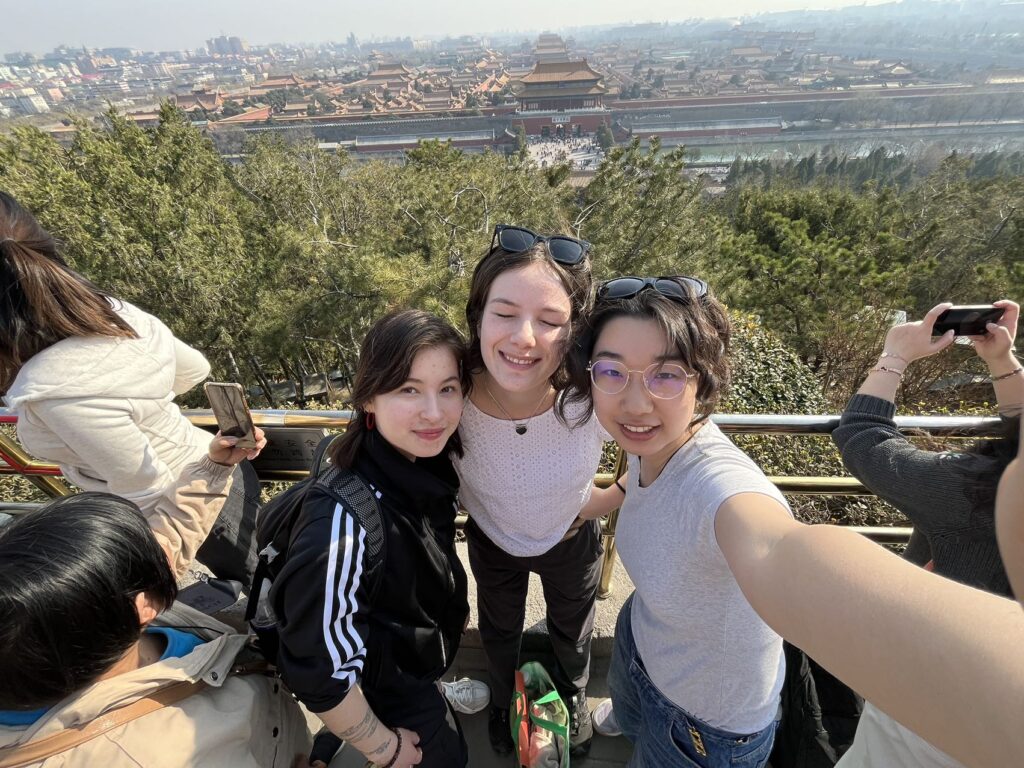
At the drum tower, we were given free time to roam the streets and lively, colorful alleyways of Beijing, which tempted us with all kinds of snacks and treats.
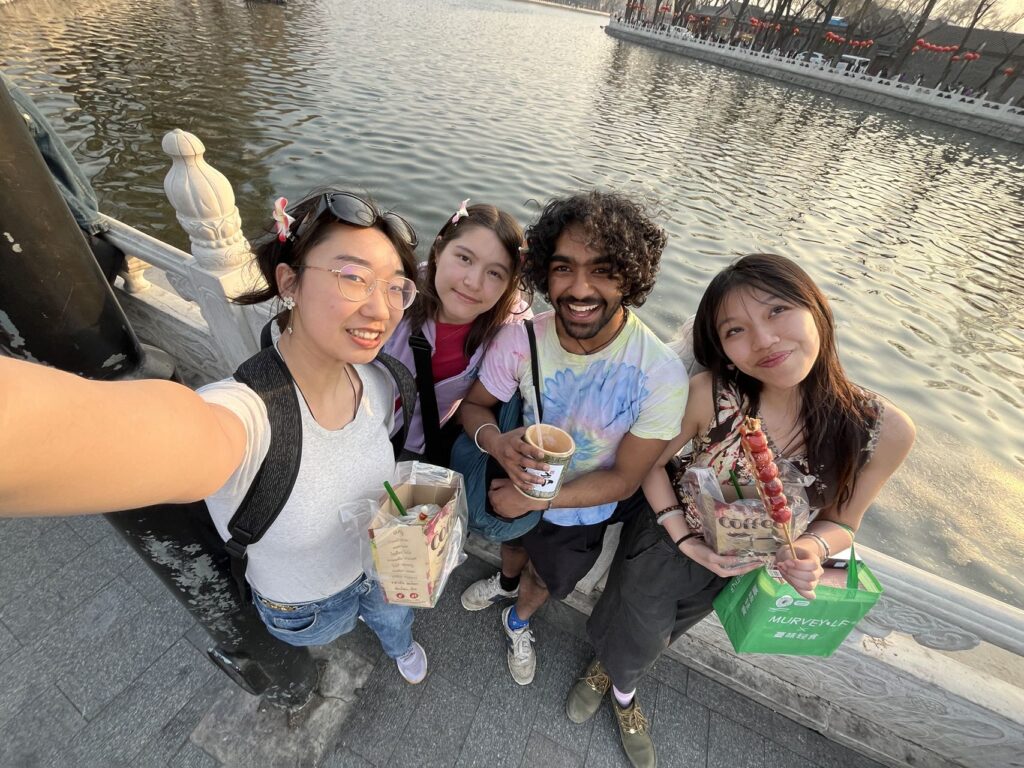
After many purchases, it was time for dinner. This dinner was definitely, at least personally, one of my favorite meals of the trip. Professor Zhou ordered the dishes for this dinner and showed us all what Beijing cuisine is truly about. We were accompanied by a few Vassar alumn’s who were very open and excited to speak to us about their lives and work in Beijing.
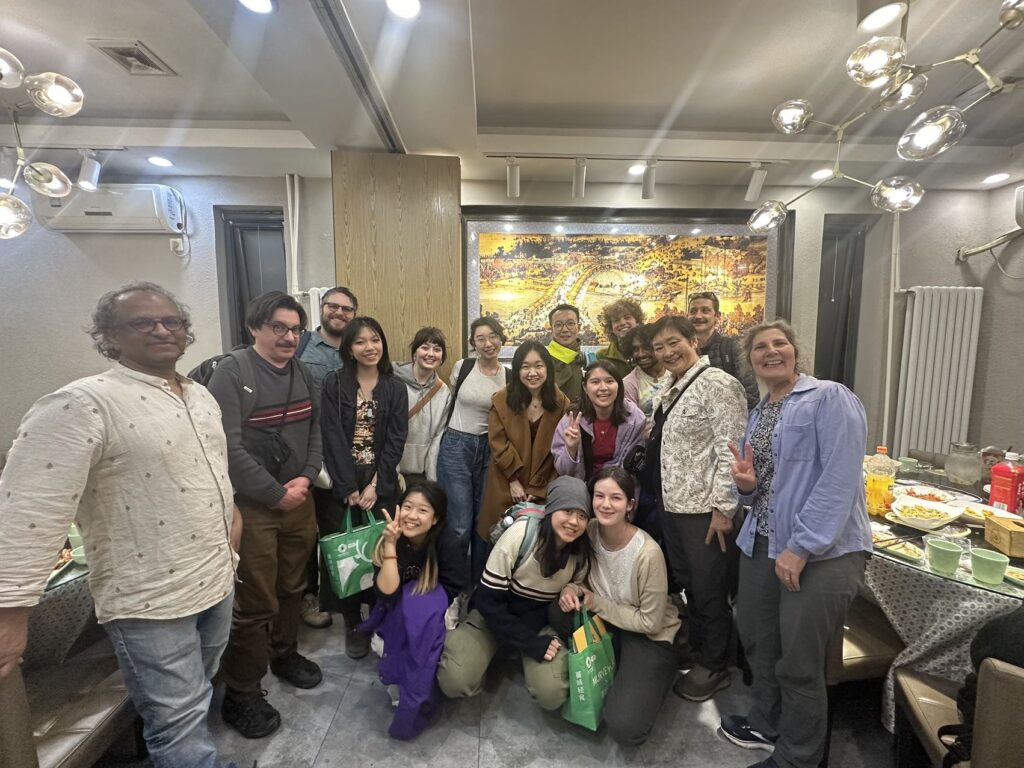

Of course, we couldn’t possibly end our last night in Beijing before 9:00 p.m., so we students decided that there was no better way to end the night than to finally do Karaoke, something that we had wanted to do since arriving. Over a couple of beers and a huge box of snacks (thanks to Ziyao and her cousin), we laughed and sang our hearts out… it was late but fulfilling last night in China.
